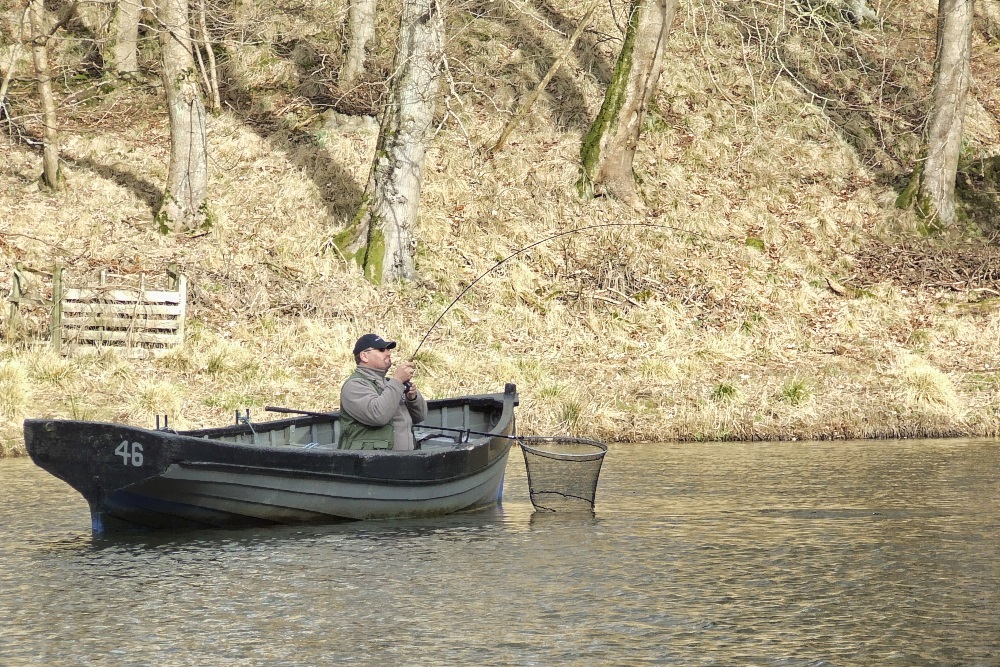All this is fantastic reading for someone stuck in a hotel room wishing they where at home!!
What really interests me is the different emphisis placed on what you guys are trying to achieve to that used by the distance sea and carp anglers.
I dont think i spotted any of you talking about blank compression, recovery speed, arc, aero dynamics and tradgectory. Perhaps there is an assumption that these go without saying? The holy grail for "lead" casters is a fully compressed blank. Without that, as the rod starts to unwind, the lead is not travelling at its maximum speed. A softer actioned, fully compressed blank will cast further than a half compressed fast action rod.
When carrying a very long fly line, would i be right in saying that the blank might be fully compressed for part of the stroke, but the line will absorb some of the energy as its unrolling at the end of the back cast. Also, the line is not in a perfectly straight line, certainly when I have watched the likes of Ben, the line is very much in an arc, and to my mind, absorbing energy on the forward cast.
If you could get a rod that bent all the way to the handle on the forward cast, but recovered to a "straight rod" exceptionally quickly, you would have a rod that could generate not only a fast tip speed, but also a wider casting arc. A fast action rod cast with a very long, open armed stroke would, i think, be the closest you would get to this...an extended arc, but i think this may then make a bigger loop.
The shape of the lead can make a huge difference indeed. I guess the tightness of the loop would be the equivalent. The tighter the loop, the further the cast. But what about the back cast? Again, picking on Ben

his back cast forms a large "D" loop behind, sometimes actually bouncing on the ground. If that back cast was higher, and dead straight like the front cast, would this not impart the maximum loading on the rod, setting it up for a fully compressed, and therefore high tip speed front cast?
Every fly caster I have watched has had a pretty flat casting tradgectory. The optimum angle for a long cast (lead) or indeed an artillary shell to travel to its maximum distance given a certain force is 45 degrees. Would it be possible to aim the forward cast up and high? I believe this would give extra distance with very little effort. I leave it upto you experts to work out how

But i know if I cast from a platform, I can cast further than if I cast when lower down, such as when wading.
Just some inane ramblings and thoughts, but they might spark off some ideas

Oh, and one last thing...I have always watched Lefty Kreh with the upmost respect and awe. The way he concentrates on keeping the elbow and hand travelling in a straight line seems to be at odds with what just about every other caster seems to be doing. How come? At 80+ he can still effortlessly cast a full line, even with just the tip. Amazing!

